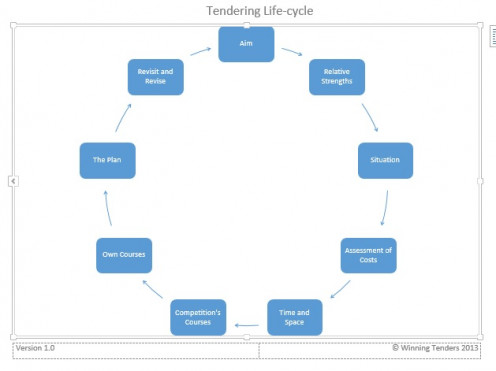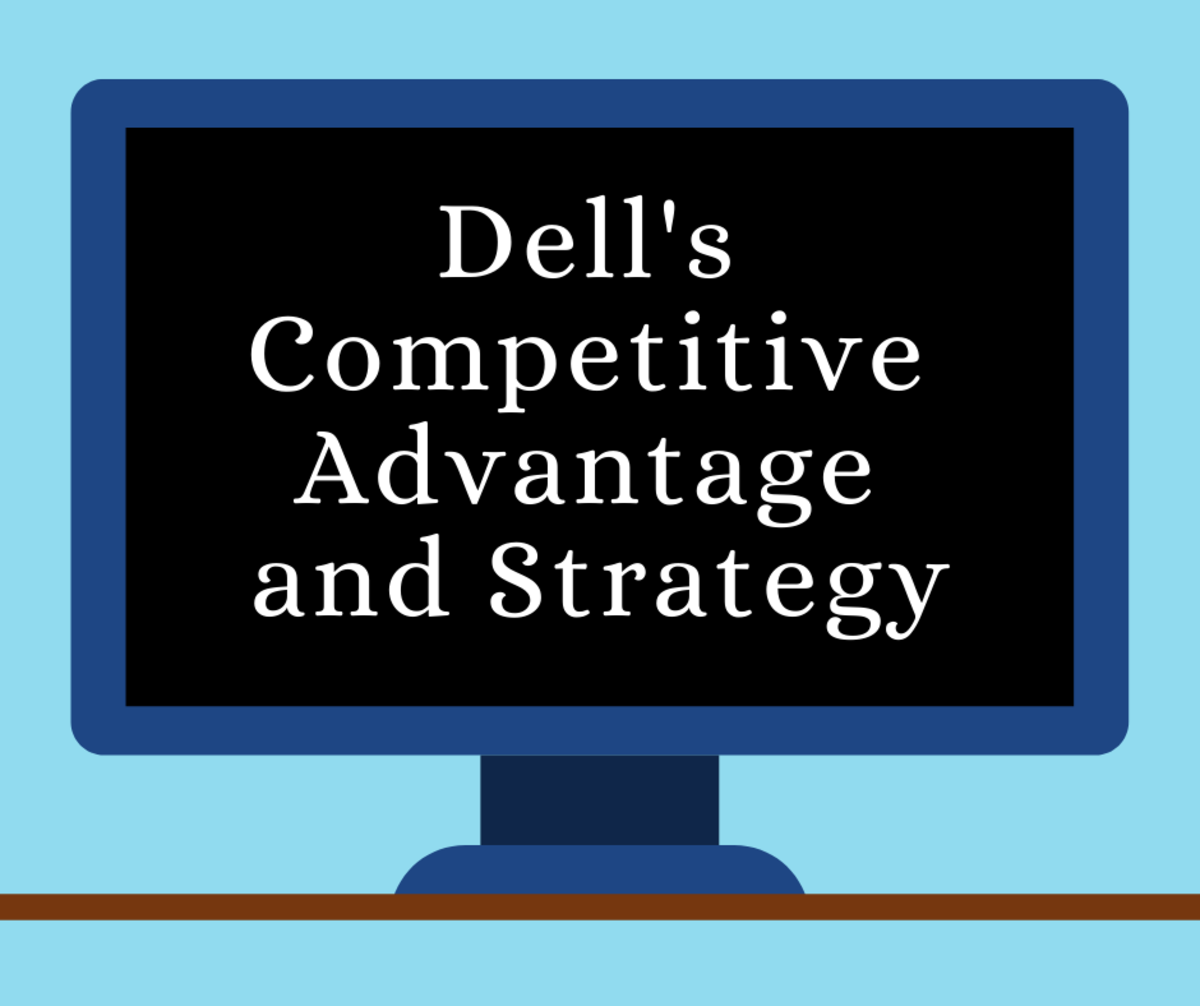- HubPages»
- Business and Employment»
- Small Businesses & Entrepreneurs»
- Entrepreneurship
The Tendering Life-cycle
The Tendering Life-cycle Model

The Tendering Life-cycle
As a surveyor, cartographer and long-time map user, I am much more comfortable when I have my course laid out in front of me. Tendering is no different. The tendering process does not begin when the Request for Tender hits your in tray. By then it’s too late. Sure there will always be ad hoc opportunities that arise but by and large tendering for new business requires meticulous planning and preparation. A business needs to position itself and understand what the market wants to be able to submit a compliant and competitive tender. I don’t profess to be an expert in business development but having been an Operations Officer in a field survey squadron I have experience in planning and developing concepts of operations. It is open for discussion so please feel free to make comment on both the content and style.
Aim
To give it the best chance of success, any endeavour must have a goal, your business must have a goal. Just as importantly, everyone involved must accept that goal as their own. This is the time to develop your Vision, Mission and Values. What do you want to achieve with your business? What services do you want to deliver, where do you want to operate and how big do you want to get? Knowing your destination allows you to better plan your journey.
Relative Strengths
Having decided what your business will be, what is it that makes you good at it? Do you have any special qualifications or experience? Does your personality lend itself to your chosen field? Have you established any relevant relationships with similar or complementary organisations? Try to identify a point of difference from your competition. In order to do this, it is vital that you have an understanding of your competitors. What are their strengths? What niche are they servicing? There is much that can be learned from what others are doing in the same space.
Situation
The social and economic environment around us can directly affect how you will operate your business. To function effectively you need to understand factors such as politics, culture, language and even climate. Build relationships with people you would like to do business with. Find out exactly what they are looking for and what opportunities will be coming up in the future. Look to see what their previous tenders have called for. Situational awareness is critical for you to grow your business. Somewhere, something is going on that will be of benefit to you. Somewhere, there is training or an accreditation process that will help make you more attractive to potential clients. What is it that people want; just as important, what is it that people need? During this phase you should start to consider what approach you will take. Start listing your options and analyse each one.
Assessment of Costs
Analysis of each option will present you with a list of costs needed in order for them to succeed. This is unavoidable if you want to equip yourself to operate effectively in the current environment. Think of it as an investment. Investigate each option thoroughly and determine all the requirements and their cost in terms of time, money and effort. Consider all the resources you will need.
Time and Space
At this point of the life-cycle you start to examine how long you have to achieve your goals. This will be governed by a number of factors. You may be aware of upcoming opportunities and need to be ready by the time you receive the RFT. If there are no external pressures you may decide to take a steady approach and make it a 1 – 5 year plan based on the assessment of tasks carried out in the previous step.
Competition’s Courses
You aren’t the only one in business. What are your competitors likely to be doing? This can often be difficult to determine but by networking and building relationships within the industry you should be able to gauge conditions in the current climate. Make an educated guess based on your local knowledge. Are your competitors vying for the same business as you? If not, why not? What do they know that you don’t? Is there an opportunity you don’t know about or is the one at hand not as good as it looks? If you are all tendering for the same work, having an idea of their approach will give you the chance to develop a point of difference.
Own Courses
As with any journey there is often more than one way to reach your destination. All the work until now will indicate a number of viable courses of action. Write them down and analyse them to determine which one best suits your current situation. Complete a table of pros and cons for each course and consider the following:
- How much will each option cost and does that represent value for money
- How long will each option take
- Does the quickest option give you the best solution
- How does it differ from your competitors
- Does it counter what your competitors are doing
- Do you have the capability or capacity – will you need to train or recruit
This list is by no means exhaustive. Your team will need to develop the criteria that fits your requirements. From this analysis, one option will stand out as the best.
The Plan
All your hard work to this point will be wasted if you don’t write a plan and stick to it. The plan is your road map to your destination. It is what prevents you from being diverted down unnecessary and misleading side streets and helps you comply with your schedule. To be effective, a plan must spell out the following as a minimum:
- Who is the project leader
- What needs to be done
- Who is going to do it
- When does it need to be done
- How much will it cost
There is a lot more to writing a good plan than that but these are the basics. More about writing plans another day.
For a plan to be effective it must be communicated to everyone involved and they must be encouraged to develop a sense of ownership. Educate your folks on the importance of following the plan and introduce a mechanism to monitor its progress and success.
Revisit and Revise
So there we have it, all done and dusted, right? Wrong! One of the most important principles in planning is Flexibility. You must always be able to adapt your plan to accommodate changes in the situation. As the title of this paper indicates, this entire process is cyclical. Be prepared to revisit your analysis and revise your plan. You may decide to do this at regular intervals or it may be triggered by a significant event such as a government election or economic upheaval. Your knowledge of your own industry will help guide you.









